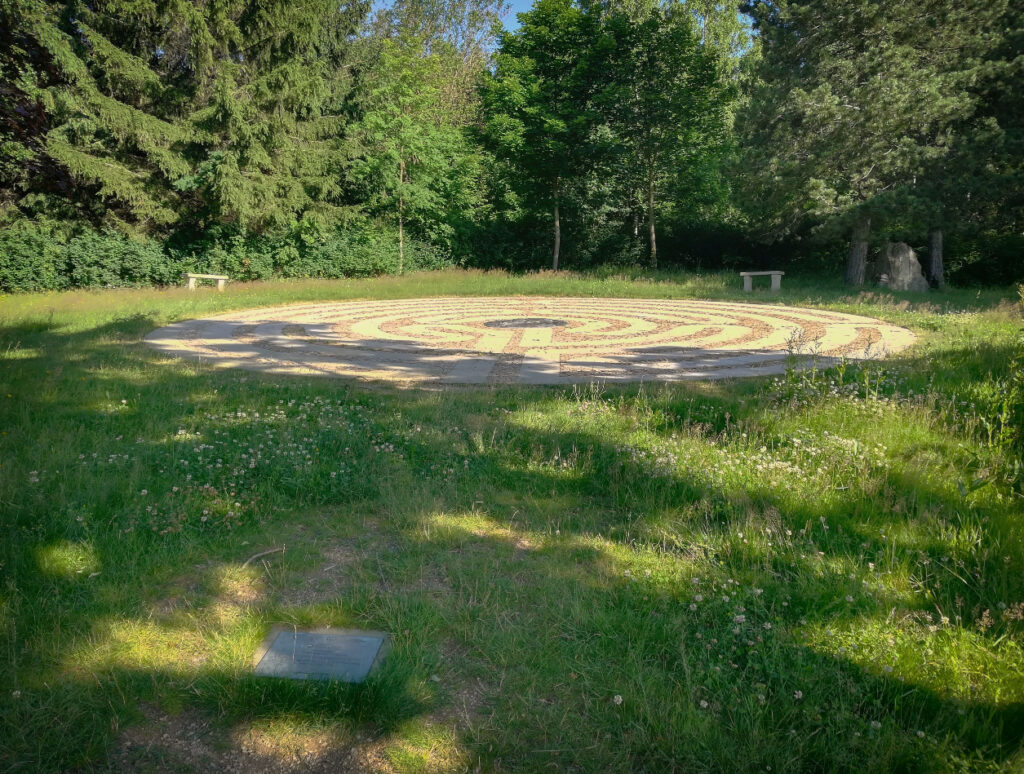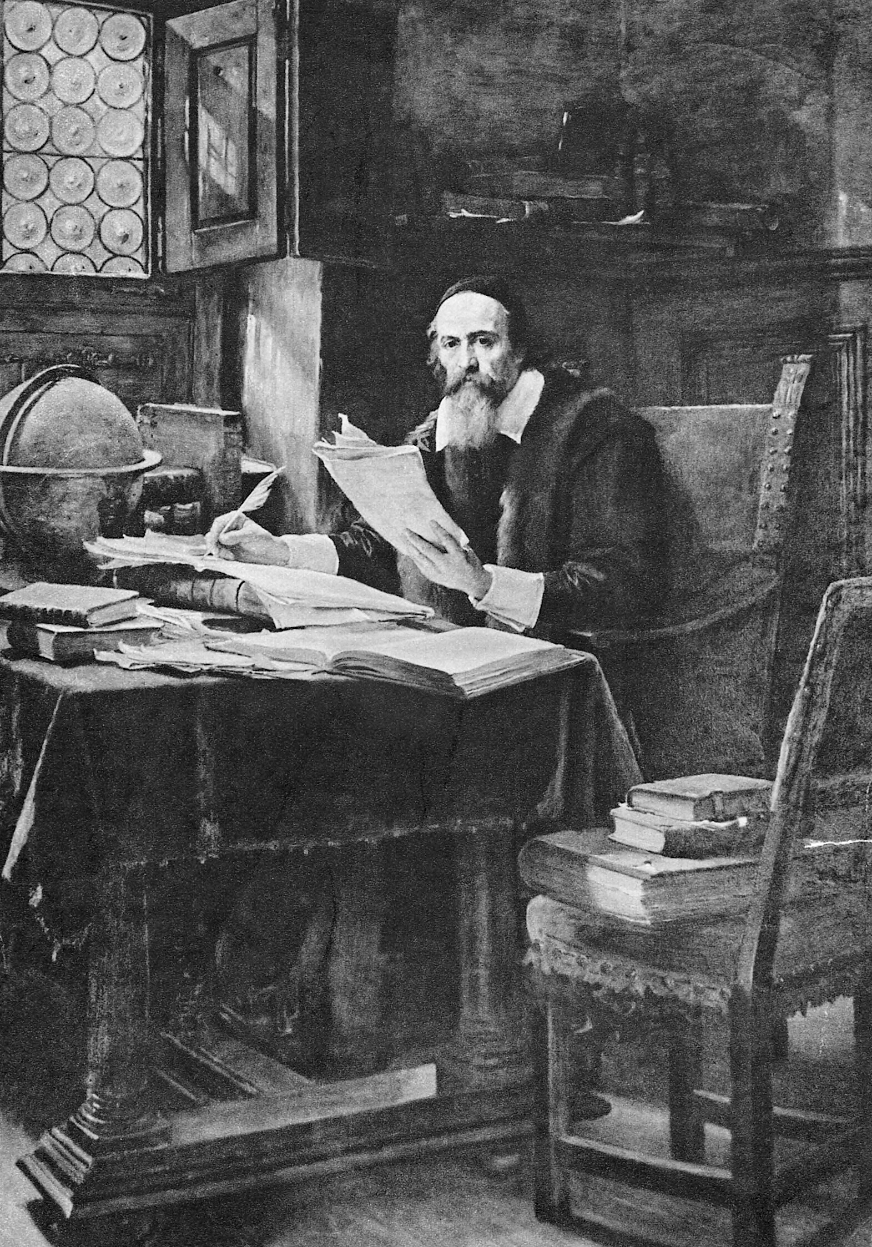The exile and J. A. Comenius – Růžový palouček
Fact of the Czech figure „The myth of White Mountain defeat”
Part of the „The myth of national disaster” topic
“Rosy Clearings” are located in Újezedec u Litomyšle, in Suchdol and Odrou and in the vicinity of Žacléř, the latter being associated with the memory of Jan Amos Comenius, the most illustrious Czech exile. These rose-covered places in the landscape were ordinarily established in the 19th and 20th centuries to commemorate the non-Catholics forcibly exiled in the post-White Mountain period. The defeat of the estates’ uprising at the Battle of White Mountain brought about several severe consequences. In addition to extensive confiscation of rebels’ properties and the mass execution of the leaders of the uprising in the Old Town Square, a harsh recatholicization was introduced.
Non-Catholics were forced to choose between conversion to the Catholic faith or forced exile. Many picked the latter and emigrated to Protestant or at least more religiously tolerant countries. One of such emigrants was the educator, philosopher, writer and bishop of the Unity of Brethren, Jan Amos Comenius. The author of The Labyrinth of the World and the Paradise of the Heart spent several years in hiding in several locations in Bohemia and Moravia. In 1628, he was ultimately forced to seek asylum in Polish Leszno, which for a time became the centre of the Unity of the brethren. Afterwards, he travelled, lectured and produced his works throughout entire Europe. It was, however, in the vicinity of Žacléř, in the area of today’s Rosy Clearing, where he left the Lands of the Bohemian Crown.






